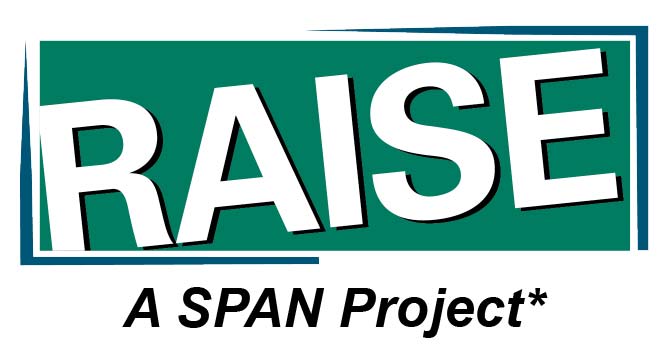The dawn of the disability rights movement brought forth the entrance of the disability community onto the scene of the rigid modern-day workforce. This work structure was not built with disability in mind. Workers with disabilities had to conform to this structure and ask for accommodations in hopes that they would be accepted rather than just work alongside their non-disabled peers. The Rehabilitation Act of 1973, the enforcement of Section 504, and the signing of the Americans with Disabilities Act empowered the disability community to ask for accommodations; but at the same time, this legislation did not encourage accessibility to be built into the current structure. Therefore, making accommodations look like extra expenses rather than what they really are, an investment for an equal opportunity, and even possibly a benefit for all.
When the global pandemic of 2020 took over the world stage, employers reacted by reshaping the structure of employment. For years, the disability community had advocated for this work-from-home structure, but until organizations were driven by the health benefit of society as a whole, the request for this accommodation did not seem viable. We now see that working from home is indeed viable for those who desire this option.
Many organizations like Amazon, Microsoft, and Google have realized that there are economic and environmental benefits of embracing a work-from-home structure. This once “so-called” accommodation represents how designing structures to be accessible to the disability community is beneficial to more people than just those who are disabled.
Disability drives innovation.
The world, just like the work structure, was not built for the disability community. I myself experienced this first hand. My first employer told me that due to my legal blindness, he did not know what he would have me do if I returned to work. No empathy. No innovation.
It took having a boss who is also disabled for me to build my career as a disabled woman. I have greatly benefitted from the work-from-home model. Not only was the “transition” to working while social distancing simple when quarantine began, but Wandke Consulting, the company for which I work, has been able to utilize our knowledge and needs for adaptation and innovation to assist other organizations in their transition to working via online as well.
Incorporating Universal Design into the current infrastructure would allow anyone to have access to that design regardless of age or ability with minimal or no accommodations. Curb Cut Theory, a design that has been created with disability in mind, is innovation striving to attain Universal Design. From ramps and elevators to online platforms becoming compatible with assistive technologies, innovation is improving accessibility everywhere.
Curb cuts provide access for people who cannot step off or onto a curb but also benefit anyone pushing a stroller or cart. Texting and email were both originally created for the Deaf community but they are now technologies that most people cannot imagine living without.
The disability community.
The disability community makes up the largest minority in both the United States and the world; 61 million people live with a disability in the US and there are over 1 billion people with a disability worldwide. Disability impacts all aspects of life. It intersects with every other identity in which one can identify, and it does not discriminate in that anyone can become a member of the disability community at any time.
In creating a sustainable world, society must embrace the idea that accessibility is not a burden. When society is empowered by this idea, they will be able to comprehend that “accessibility is an investment, not an expense” and only then will Universal Design finally be the norm and create fairness and inclusion for all.
Did you like this article? Are there other topics you’d like to see us publish on? Do you want to apply to be a guest blogger? Please take our quick, 3-question survey and let us know what you think!
Take Survey: http://survey.constantcontact.com/survey/a07eg1rmj5jjrasph9l/start


